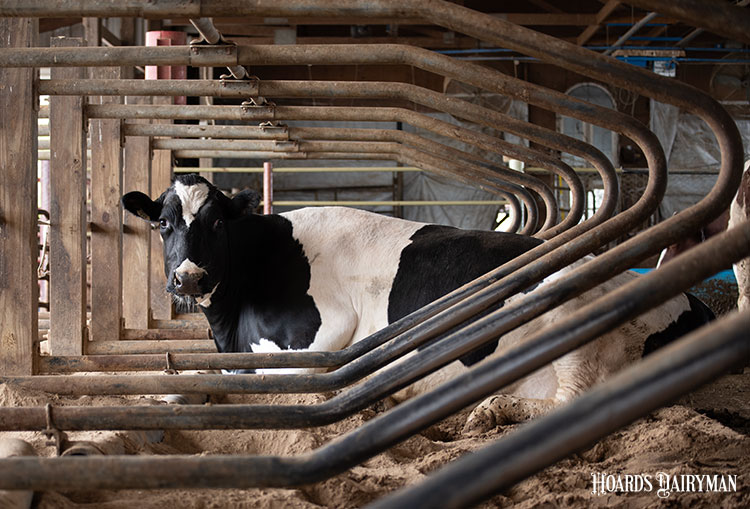
On a percentage basis, 6.4% of all U.S. dairy farms holding permits to sell milk left the business last year. That exit ranks sixth all-time since data tracking began on this statistic in 1992.
Typically, high milk prices would stem the tide of dairy farmers choosing to leave the dairy industry. However, not this time around. That’s because high input costs climbed at the fastest rates since the early 1980s, and those inflationary pressures chipped away hard at net returns when it comes to producing milk.
There are three prior snapshots in which high milk prices stemmed departures. In 2007 and 2008, the U.S. dairy industry set a new high for mailbox prices. During that time, exits were 4.7% and 3.4%, respectively. Next came the high milk price years of 2011 and 2012, and departures were under the trendline those two years as well, at 3.5% and 3.9%. Then came the memorable milk check year of 2014, and exits were 4.6% that year followed by a record low of 2.8% in 2015.
Given these three economic observations, 2022 truly bucked the correlation to milk prices.
Herd size leaps by 20 head
Since 1992, the drop in licensed or so-called commercial dairy farms with permits to sell milk to processing plants has declined from 131,509 to 27,932. That’s a 79% drop during that time, with 103,577 fewer farms but nearly the same number of cows. In 1992, the nation had 9.7 million dairy cows. Fast-forward to the present and there are 9.4 million dairy cows in the national dairy herd.
The combination of fewer farms and steady cow numbers once again caused the average herd size to climb to a new record. The 337 cows per herd topped last year’s 317 total by 20 cows. While this growth is near chart-topping, the additional 20 cows was not a record, as 2020’s 24 cows per herd gain was the highest mark since data tracking began on the metric. This marks the fourth straight year herd size has grown by over 20 head.
In the past 31 years, the average herd size has grown by 357%. Regionally, the West (+466%) and the Midwest (+374%) have seen the largest percentage gains in herd size. The West grew from 263 cows in 1992 to 1,489 cows in 2022. Meanwhile, the Midwest shifted from 51 to 242 cows per herd in the past 31 years.
Two lost over 10%
Of the dairy states with over 1,000 dairy farms, Missouri was hit especially hard, losing 13.8% of its operations, while Michigan lost 11.4%. In addition, Iowa lost 9.1% of its herds and neighboring Minnesota had 8.1% call it quits.
All other states with over 1,000 dairy herds were at or under the national average, paced by Pennsylvania’s defiant group, in which only 3.8% sold out. Indiana and California were the next most resilient in the group, down 4.5% and 5.1%, respectively.
From 1992 to 2003, Hoard’s Dairyman partnered with the American Farm Bureau Federation to obtain milk permit data. These days, USDA’s National Agricultural Statistics Service (NASS) tabulates it.
For a deeper analysis, complete with tables for each state, turn to page 136 in the March 2023 edition of Hoard’s Dairyman.








